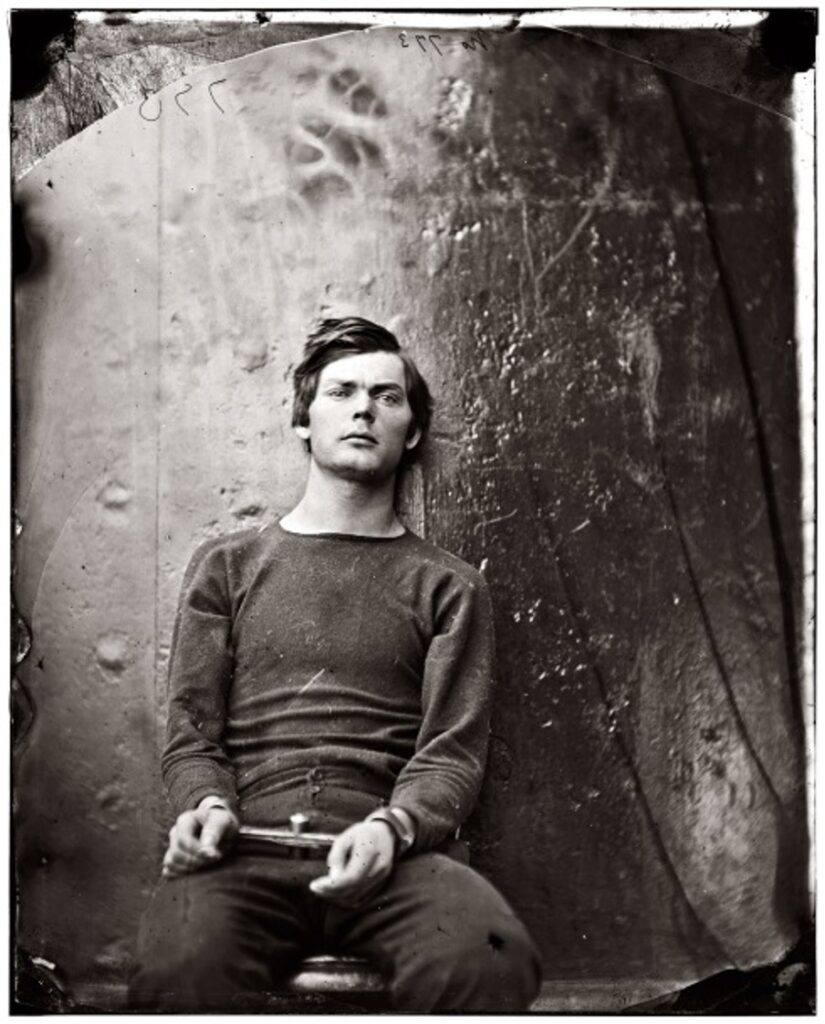Roland Barthes is a canonical author on the subject of photography. Anyone aspiring to be an artist, rather than just a “snapper,” should familiarize themselves with his work. I personally regret that this reading was recommended to me so late (by the way, by my professor at PJATK, Mr. Prof. Tomasz Myjak, whom I warmly greet here).
In this text, we will deal with Roland Barthes’ last book entirely dedicated to photography, “Camera Lucida”. We will analyze two concepts introduced by Barthes in this book: “studium” and “punctum”. Of course, one article cannot replace a book, and I recommend all enthusiasts of the field of photography to read the entire book (which is not long).
Roland Barthes undertakes an analysis of the subjective way each of us perceives photography. He is a “spectator” who consumes photos and seeks the truth about photography in human reactions to it. He notes that the interpretation of a photographic image is not a direct or universal process, but is deeply rooted in culture. According to Barthes, it is our cultural knowledge that allows us to recognize and assign meaning to images of people, animals, objects, etc. This interaction does not arise from natural predispositions but is the result of cultural conditioning that shapes our view of the world through the prism of values and norms prevailing in our community.
Barthes also raises an important issue regarding the “modernity” of his approach, criticizing the previously dominant positivism in cultural sciences. Positivism, focusing on the inductive gathering of facts and their simple generalization, did not take into account the need to create theories or explain cultural phenomena. Barthes argues that such an approach is insufficient because it ignores the richness and complexity of cultural meanings that can be read from photographs.
In his book “Camera Lucida,” the author emphasizes that each photo has the potential to expand our knowledge of the world by providing specific information, which he terms “studium”. For this reason, practically any photograph can be the subject of research in various fields: historical, aesthetic, sociological, psychological, and others. Photos that offer only “studium” are common and simple, and usually do not warrant a longer analysis.
However, some photographs stand out with something special, which Roland Barthes defined as “punctum”—a term he described as the sensation of “pricking” or “wounding” that a photo can evoke in an observer. In his book, Barthes illustrates various cases of “punctum” as elements in photos that catch his attention, even though they may seem unnoticeable to others. For example, it could be a particular way of lacing a shoe or the position of a young man’s hand and arm, which he interprets as an expression of complete surrender. “Punctum” can also manifest in such minor details as the crossed arms of a portrayed sailor or the broken teeth of a child playing with guns. These details, although they may seem trivial from the perspective of “studium”, for Barthes represented a “punctum-detail” that gives the photograph emotional depth.

In the second part of the book, the French philosopher notes that certain photographs evoke stronger emotions in him due to the “enchanted” time captured within them. He realized this when he saw a photograph of a convict shortly before his death and while searching for a photograph of his deceased mother that could capture her “essence.” He found such a photograph depicting his mother as a child in a greenhouse. These two cases, where the photograph of the convict from 1865 shows him alive before execution, even though we know what will happen next, caused Barthes an intense experience, which he described as “punctum-temporality.”
Approaching the nature of photography, Barthes adopts a realistic perspective, arguing that photographs convey “what was,” rather than, as in painting, a vision or imagination. He arrived at this belief by analyzing his own reactions to photographs and noticing that he never questions that the images he sees represent reality.

This is just a general overview of the concepts of punctum and studium. I highly recommend Roland Barthes’ work “Camera Lucida”. It will help you better understand how photos affect our emotions and thoughts. This is not just theory, but above all, a fascinating journey through the world of photography. This is a read you shouldn’t miss!